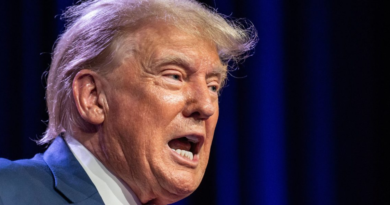Digital payments giant Stripe plans to go public within one year
Online payment giant Stripe, whose clients include large companies like Amazon and Shopify, was founded in 2010 but, unusually for a startup of its size, has resisted going public. Now, that is set to change.
Co-founders Patrick and John Collison told employees in an email Thursday morning that the company will either publicly list itself within a year or allow employees to privately sell shares, according to The Information. Stripe is not considering an initial public offering, as the company says it does not need to raise more capital. Rather, it is considering a direct market listing.
A spokesperson for Stripe declined to comment. The company reportedly hired Goldman Sachs and JP Morgan Chase to guide its decision-making.
Stripe is part of an older vanguard of Silicon Valley startups that are currently facing pressures to allow their employees to cash in on their businesses’ meteoric growth and sell their shares. Last year in 2022, traditional public offerings in the U.S. raised only $8.6 billion, the lowest amount generated in at least two decades, according to The Wall Street Journal. Instacart even pulled out of a planned public offering in October, potentially leading it to offer bonuses to motivate disappointed employees who were planning to cash out.
The IPO chill is largely the result of the recent economic downturn that has battered markets and made it less appealing for companies to raise money from the public.
The valuation of Stripe has fluctuated over the past two years, reaching a height of $95 billion two years ago when the pandemic-enforced isolation increased demand for online ordering, making the company the second-most valuable startup at the time. (China’s ByteDance, the force behind TikTok, was first.) Now, Stripe’s valuation, according to internal share values, may be as low as $63 billion.
Best known for its traditional digital payments business, Stripe also has a stake in the world of cryptocurrency. As Bitcoin exploded onto the world scene, the company unveiled a tool in 2015 for merchants to accept Bitcoin. While it pulled the plug on that feature after three years, it has recently launched new crypto initiatives, including the ability for crypto and NFT exchanges to let users buy tokens and mint NFTs with dollars.
Learn how to navigate and strengthen trust in your business with The Trust Factor, a weekly newsletter examining what leaders need to succeed. Sign up here.



